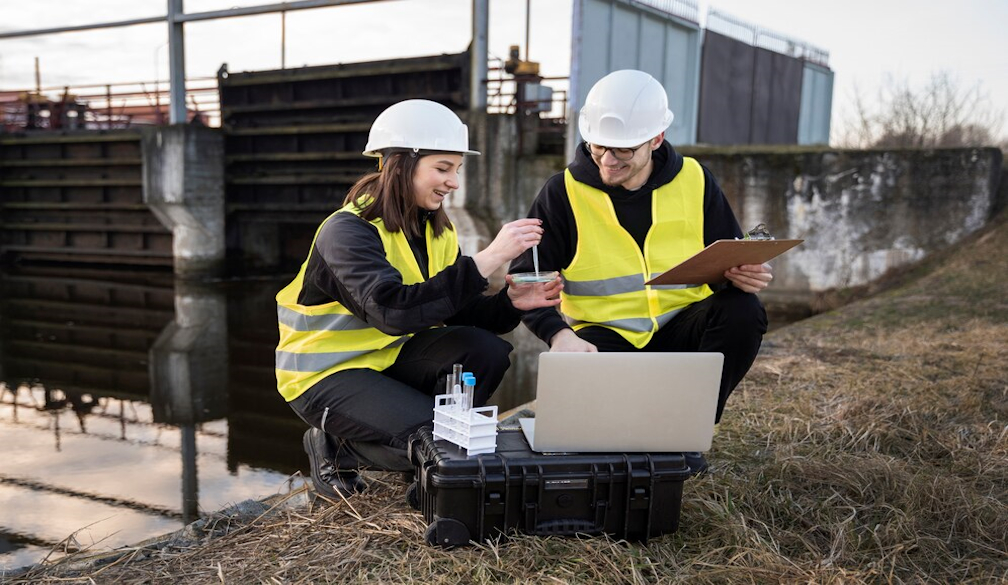Construction Waste Audits: A Tool for Reducing Waste and Costs

Managing construction waste effectively is vital for maintaining sustainability and reducing project costs. A construction waste audit is critical. It finds waste sources and improves disposal practices. It provides valuable insights into waste reduction and supports compliance with environmental regulations.
Proper planning is vital for construction sites affected by external factors, such as the weather in or near Greenacre, NSW. Weather conditions can significantly impact project timelines and waste management logistics.
What Is a Construction Waste Audit?
A waste audit evaluates the type and volume of waste generated on a construction site. It examines:
- Materials discarded during various project phases
- Current waste handling and disposal practices
- Opportunities for recycling or reusing materials
By identifying inefficiencies, audits help project managers implement better waste management strategies.
Benefits of Conducting a Waste Audit
Cost Savings
Minimising waste reduces disposal expenses. Reusing materials lowers the need to purchase new resources, saving money.
Improved Efficiency
Audits highlight areas where materials go to waste. Addressing these inefficiencies improves project productivity.
Regulatory Compliance
Local laws often require proper disposal of construction waste. An audit ensures compliance, avoiding fines or legal issues.
Sustainability Goals
Reducing waste aligns with environmental objectives. Audits promote recycling and reusing, helping projects lower their carbon footprint.
Steps to Conduct a Construction Waste Audit
Step 1: Assess the Site
Start by evaluating current waste management practices. Document the types and quantities of waste generated.
Step 2: Categorise Waste
Sort waste into categories like recyclable, reusable, and non-recyclable. For example:
- Wood and concrete can often be reused
- Metals and plastics are recyclable
- Hazardous materials require specialised disposal
Step 3: Identify Waste Sources
Determine where waste is originating. Common sources include excess material orders, poor handling, and weather delays in Greenacre.
Step 4: Develop an Action Plan
Create strategies to reduce waste. Suggestions may include:
- Ordering materials in precise quantities
- Educating workers on handling resources efficiently
- Use weather forecasts, like Greenacre, NSW's, to plan waste disposal during dry spells
Step 5: Monitor Progress
Regularly review the effectiveness of implemented changes. Adjust strategies as needed for continuous improvement.
How Weather Impacts Construction Waste
Weather conditions like rain or strong winds can increase waste on construction sites. Wet materials may become unusable, while windy conditions scatter debris, requiring additional clean-up.
Monitoring the weather in or near Greenacre, NSW helps construction managers. It lets them plan tasks like waste removal and material storage. This minimises waste during bad weather.
Tools for Effective Waste Management
Skips for Waste Collection
Hiring skips ensures that we collect and sort waste efficiently.
Recycling Facilities
Partner with facilities that specialise in processing construction waste.
Technology Solutions
Use software to track waste generation and monitor progress towards sustainability goals.
Making Waste Audits a Standard Practice
The project timeline should integrate construction waste audits. At the start, conduct an audit to set a baseline. Repeat audits during and after the project to measure success.
Conclusion
A construction waste audit can reduce waste and cut costs. By understanding waste sources and planning, construction managers can use sustainable practices. They must consider the weather in Greenacre. Regular audits save money and help the construction industry go green.



